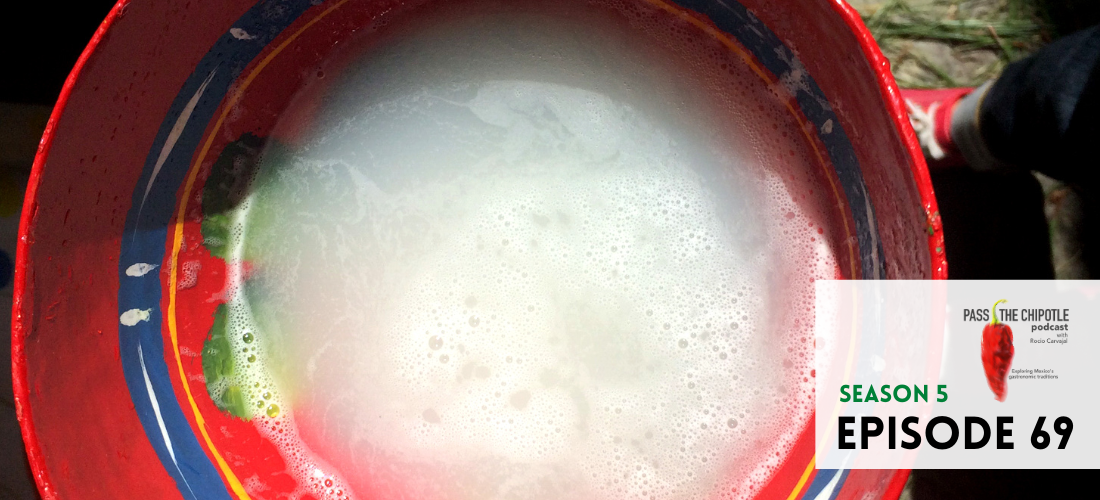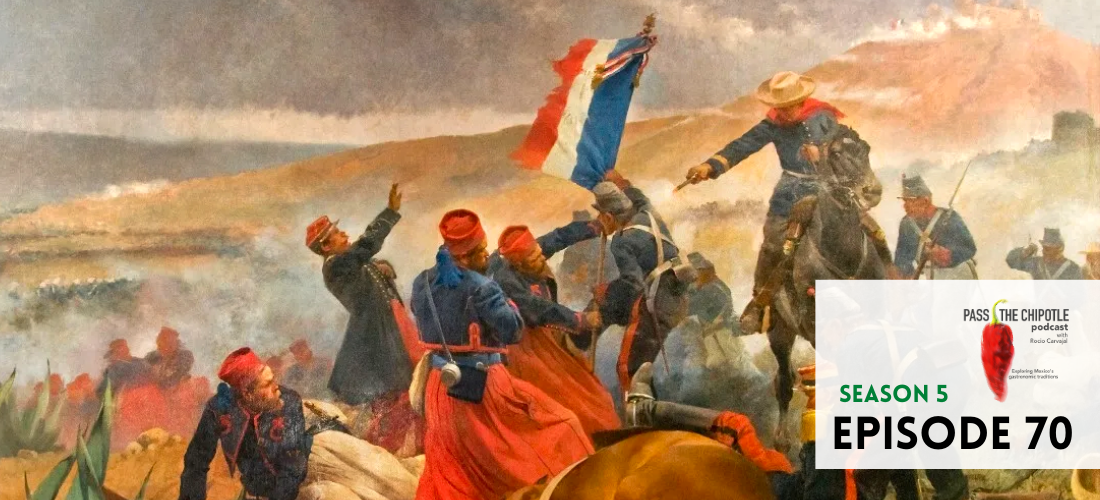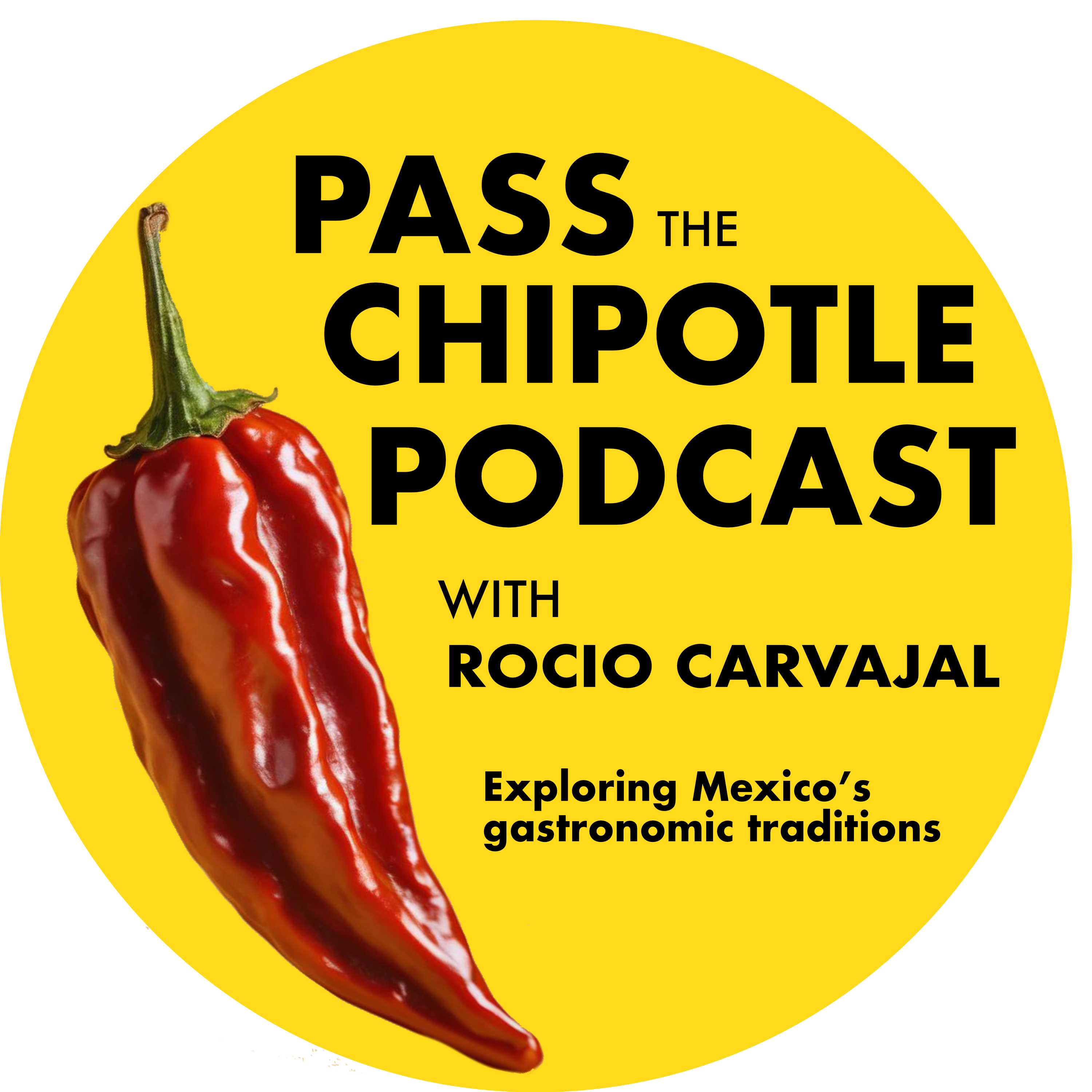
Presented by: Rocio Carvajal, gastronomy educator, cook and author
Episode 69
Pulque is one of the best known traditional fermented drinks from Mexico. Its origin goes back to pre-Columbian times and has over 25 centuries of history and tradition.
Known as the “drink of the gods”, pulque has endured the test of time: from colonialism, revolutions, wars, crisis and many other transformations, it has been resignified valued and made relevant for new generations. Discover the fascinating history, botany and practices around the consumption of pulque.
Let’s drink like gods!
The series of cultural staples is back with a larger than life heritage drink that has no less than 25 centuries of history. After exploring chocolate, chiles and beans, we now turn our attention to the so-called: “Drink of the gods”, pilar of rituals, king of celebrations and the ultimate cornerstone of the regional culinary identity of central Mexico: Pulque.
This episode covers crucial aspects about the cultural history of pulque, such as its uses in the pre-Columbian world, botanical aspects, and how its fame attracted the unflattering attention of the Führer himself who was seriously intrigued by the powers of this mythical elixir of life.
Foods in Mexico have historically defined the identities of the people who consume them. For example, chocolate was once a sacred drink among the Mayan, Olmec, Mexica elites, and shortly after the Spanish conquest it became the definitive luxurious drink for affluent Spaniards who mixed with milk from European cows, sweetened it with sugar from newly created plantations and seasoned with spices brought from the Far East and Asia. However other foods and drinks didn’t have the same fate or treatment but somehow managed to survive to our days.
Recently, there has been an increased interest in the history of pulque. Which has been accompanied by transformations in the way people have adopted its consumption as a newly resiginified practice that swings between hip-folkorisation of traditions and a quest to reshape regional culinary identities and new ideas about nationhood.
Pulque has indeed endured the test of time, colonialism, revolutions, wars, crisis and many other transformations that have brought a new breath of life to this ancestral drink.
Teaser of the film: Pulquebereitung in Mexiko. By Hubert Schonger. 1936.
References:
Revista Pulquimia. Pulque magazine. In Spanish.
Provincial Political Cultures and the Nation in Nineteenth-Century Mexican Fiction. by Dr. Deborah Toner
Chapter: Pulque in Mexico Then and Now. Book: Authentic Recipes from Around the World. By Emma-Jayne Abbots, Rocio Carvajal, Anna Charalambidou, Elaine Forde, Ana Martins, Hazel Thomas, and Deborah Toner. Download it here.
Gonzales de Lima, Oswaldo. (1956) El maguey y el pulque en los códices mexicanos. Fondo de Cultura Económica.
Fondo de documentaron para los estudios del pulque: Mayahuel. El Colegio del Estado de Hidalgo.
Magazine: Arqueologia Mexicana. Topic: pulque.

Salsa borracha
Makes: 500ml of salsa
Ingredients
- 200g Dried pasilla chilies
- 4 tomatoes
- 1 small Spanish onion in quarters
- 2 cloves of garlic
- 1/2 cup pulque or 1/2 cup of tequila
- 100 g grated queso añejo or feta cheese
- Salt
Instructions
- Remove the tails and seeds of the chilies and slice lengthwise, place them with the tomatoes onions and garlic on a dry and hot pan, press the chilies against the pan using a pair of tongs, the skin must blister and toast evenly but don’t let it burn.
- Turn the onion and garlic every now and then to allow them to cook as they blister and turn slightly black on the edges, the tomatoes will take a bit longer to cook. Remove the chilies after 4 minutes and continue cooking the rest for a total time of 8 minutes.
- Place the cooked ingredients in a blender, add the pulque or tequila and blend until you have a smooth puree. Serve in a bowl, add the grated cheese and season with salt to taste.
Curado de Guayaba
- 3 cold cans of pulque
- 1 1/2 cups of chopped guavas, keep some slices to decorate the glasses
- 2 cups of ice cubes
- 1/2 cup sugar
Instructions
- In a blender place all the ingredients and blitz until the ice is crushed and the liquid looks slushy and smooth.
- Serve straight away in tall glasses, decorate.










